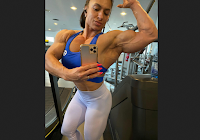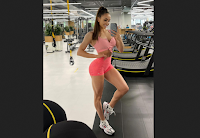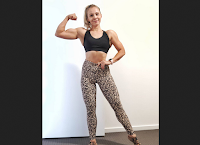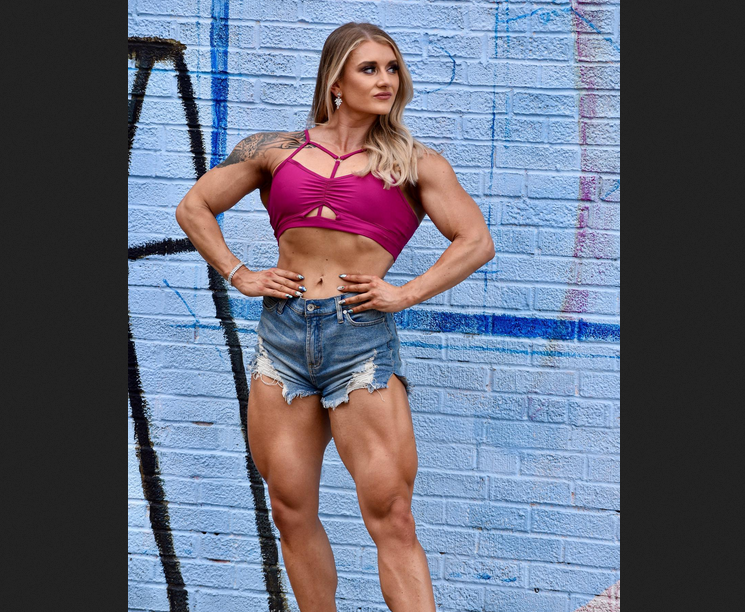A2) Side-Lying Dumbbell Rear Delt Raise
Since most upper-body exercises favor the anterior head of the deltoid (or for those that read Men's Fitness, the front part of the shoulder), a muscle imbalance is not uncommon. This exercise, on the other hand, stresses the posterior (rear) deltoid and may help to improve a kyphotic (hunchback) posture and rounded shoulders that's so common in today's society.
With the dumbbell still in hand, extend your arm out directly in front of your chest. Your upper arm will actually make contact with your chest and the elbow should be slightly bent. This is the starting position. Now, move the dumbbell in an arcing motion until it's almost directly above your shoulder.
Perform the same number of reps as the external rotation and repeat the superset two to three times with no more than two minutes rest in between. Variations for this exercise include lying on a Swiss ball or on a bench and adjusting the angle of incline.
👉 Cuban Rotation
👉 The Super Set : A1) Side-Lying Dumbbell External Rotation
👉 Take no rest and proceed to the next exercise : A2) Side-Lying Dumbbell Rear Delt Raise
👉 Conclusion































No comments:
Post a Comment